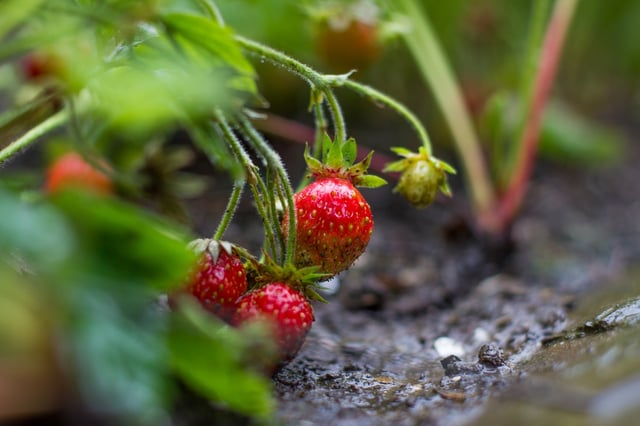Storms and Excessive Rains Hit California’s Ag Business
Last year, it was drought that caused nearly three quarters of U.S. farmers to report that a lack of rainfall was hurting their crops from Texas to North Dakota to California. So far this year, it’s heavy rains and flooding that are affecting agricultural land in the Golden State.
Following high rainfall amounts due to an “atmospheric river” event and unusual snowfall that led to melting, farmers across California are dealing with muddy and sometimes washed-out fields. States of emergencies were declared in 43 counties.
[Read more: "Food and Ag Generate $8.6 Trillion for U.S. Economy"]
Moreover, the weather events have had a cascading effect in the ecosystem, with producers including cattle ranchers, dairy farmers, fruit and vegetable growers, wineries and others dealing with the fallout. All-important pollinators are also impacted, as the insects search for their own sources of sustenance in rainy conditions.
Michael Marks, an ag industry expert known as “The Produce Man” in his regular TV appearances, told CBS News that the crop situation is likely to impact an already-inflationary marketplace from now through the end of many traditional harvest seasons later in the year. “This is the salad bowl for the United States. Every bit that land is going to need to be tested,” he said, noting that the soil and crops in the region are regularly evaluated for runoff from nearby ranches and, hence, for pathogens like E. coli and Salmonella.
To Marks’ point, farmers will have to clean up their fields, conduct testing and in some cases re-plant their crops to salvage their season. The state and federal government are stepping in with some assistance. President Joe Biden recently issued a presidential emergency declaration that mobilized government assistance to respond to the storms, while the U.S. Department of Agriculture (USDA) reiterated its risk management and disaster assistance programs that help producers recover after disasters; for example, producers that suffer losses and whose crops are covered for the 2023 crop year by the Federal Crop Insurance Program or Non-insured Crop Disaster Assistance Program have been asked to report damages. Other programs include the Emergency Assistance for Livestock, Honeybee and Farm-Raised Fish Program and the Tree Assistance Program that covers fruit-bearing trees.
As for the ripple effect at retail, the delay in strawberry harvests are likely to drive up prices as gaps in production from California are passed along. Lettuce and celery may also see some hikes in the short term.






